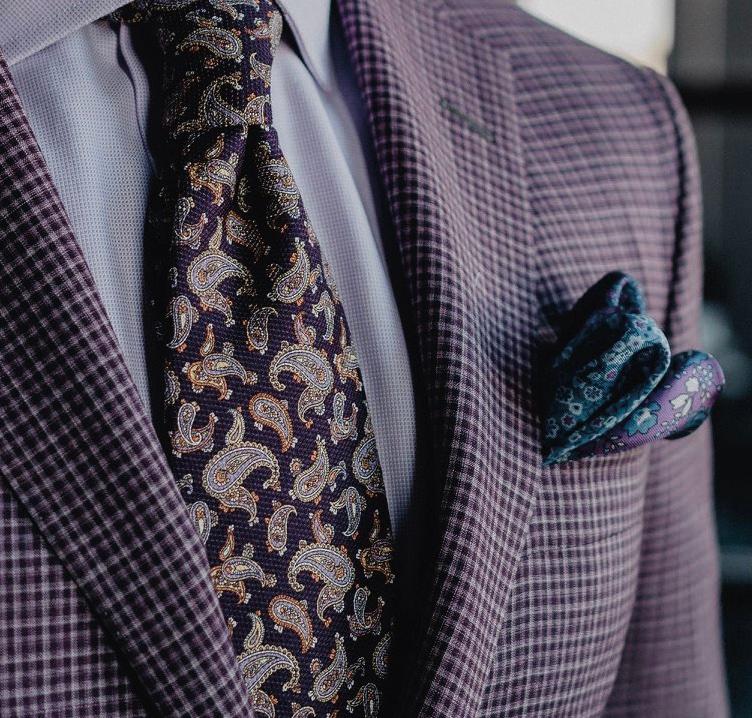Commentary
Times of great social and political upheaval, epochs in which a paradigm shifts from one cultural moment to another, invariably involve changed fashions. It has become apparent in the world of menswear.

Times of great social and political upheaval, epochs in which a paradigm shifts from one cultural moment to another, invariably involve changed fashions. It has become apparent in the world of menswear.